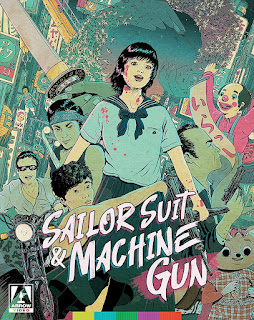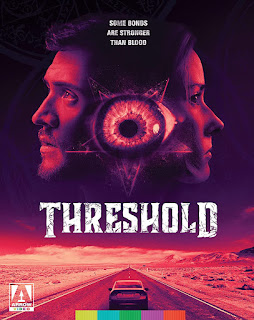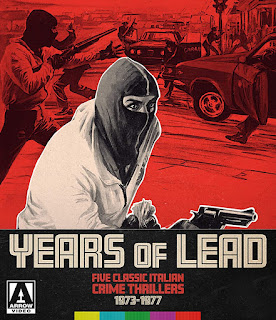Sleep

Michael Venus’ feature debut, Sleep (2021), although it becomes almost Lynchian in its obtuse imagery, is, at its heart, a mystery; one that uncovers personal, family and generational secrets. And it’s that narrative drive that makes it so compelling…despite its sometime maddening attempts to keep audiences in the dark. Mona races to a hospital in the small village of Stainbach where her mother, Marlene, has suffered a psychological breakdown. Booking a room in the same hotel where the “incident” occurred, she becomes suspicious of the proprietors, Otto and Lore, whose helpful demeanor seems to disguise a sinister agenda. The proximity triggers a series of dreams (flashbacks?) that Mona struggles to piece together, unearthing the history of a series of suicides that seem related to her own family tree and a ghostly presence that uses her for its own ends. By the time the credits roll, Sleep has resolved all its loose ends…which, in itself, separates it fro...





















